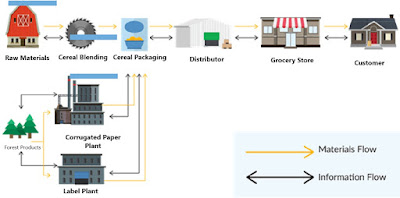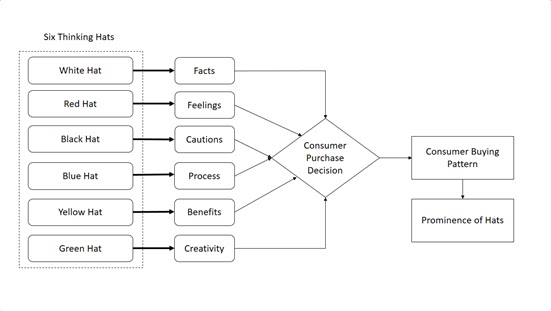Supply Chain
A supply chain is a network of individual functions within an organization that begins with the development of a strategic plan and ends with the delivery of a product or service. Those functions are listed below:
A supply chain is a network of individual functions within an organization that begins with the development of a strategic plan and ends with the delivery of a product or service. Those functions are listed below:
Manufacturing and Service Operations
Manufacturing organizations convert raw materials and other procured items into final products that can be delivered to a customer. In order to fabricate products in a manufacturing organization, there must be an accurate sales forecast that is converted into a demand plan; those requirements are sent to procurement to obtain raw materials, equipment, space, and other resources. To aid in this process, the company-wide ERP system includes modules for forecasting, requirements planning, work order scheduling, and links to other business systems.
Products cannot be manufactured and services cannot be delivered unless tools are available. This means demand planning must accurately determine what is needed and when it will be required. If procurement does not purchase the materials or if transportation does not deliver them when needed, then the conversion, or manufacturing process, will fail. It is also critical conversions are done with high quality to avoid customer service issues and to avoid costly defects that are often returned through the reverse logistics process. Manufacturing is dependent on demand planning to schedule the assembly work, on procurement to buy needed items, on the warehouse to deliver items for assembly, and on inventory management to ensure the right items are available at the right time.
Manufacturing organizations are generally part of a company’s operations that also includes service operations. Service operations personnel are responsible for products that require routine maintenance, repairs, and warranty work. For example, if an automobile is recalled or needs repair or periodic maintenance, it is not sent back to the factory where it was assembled; instead, there is a separate dealer network of authorized service operations centres.
Reference: Warehousing Operations Certification Track. LINCS in Supply Chain Management Consortium. May 2016. Version: v2.22. www.LINCSeducation.org.
Fahad Mahmud
Lecturer (Technical), Department of textiles at SKTEC
Texpedi.com
Check out these related articles:









I am glad that I came here and discovered lots of valuable data from your article. It is a beneficial and convenient article for us to increase knowledge. Thanks for sharing an article like this.Manufacturing Service